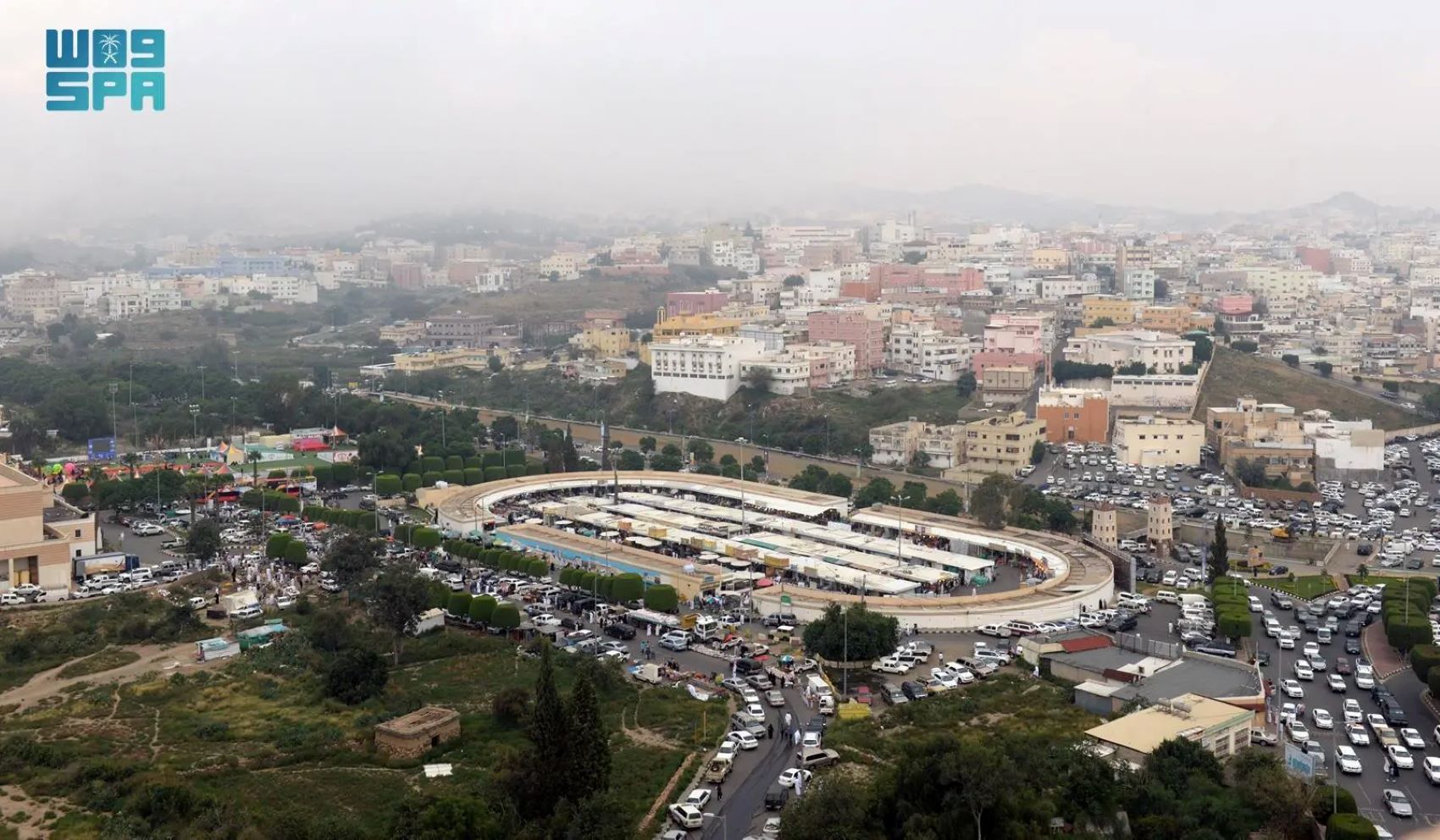ABHA, SAUDI ARABIA – Extending over 34 kilometers, the Abha Valley Basin enjoys a variety of wildlife aspects, civilizational features and variety of terrain that makes it ideal for tourism.
Situated at an altitude of 2,983 meters and having steep slopes, the basin, with a dense vegetation cover, is terraced and used for agriculture in the areas of Al-Soudah and Ridah.
The Abha Valley abounds in environmental diversity, which explains its array of mountain plants.
The rugged areas of the highest point of the valley form the right habitat for the Arab tiger, as well as for many species of insects, including butterflies, chameleons and sunbirds.
Saudi Aramco has allocated a 49-square-kilometer reserve in Abha to house 26 migratory birds, such as alpine swift, European bee-eater and steppe eagle.
The reserve is a place where migratory birds crossing the Arabian Peninsula rest, and a safe habitat on one of the three international bird migration routes connecting Africa, Asia and Europe.
A different feature of the Abha Valley Basin is the diversity of ores and mineral wealth that researchers say should encourage industrial and mining investments.
The available ores can be exploited for use in construction, industries, and chemical compounds.
The mineral wealth available in the basin includes gold, sand (silica ore), nickel and tungsten that is used in ceramics, paper, rubber, soap and steel industries.
Crown Prince and Prime Minister Mohammed bin Salman, also the Chairman of the Public Investment Fund, announced in October the launching of the ARDARA Company whose aim is to develop the Abha Valley project in the Asir Region.
This is the company’s first project which consists of creating an urban center and tourist destination that attracts local and global visitors, in line with the objectives of the Saudi Vision 2030.
The 2.5-million-square-meter valley project will be inspired by the heritage and long history of the Asir region.
It will take into account the standards of sustainability and quality of life by making over 30 percent of the project area open green spaces, 16 square kilometers of water destinations span the project, and 17 kilometers of sports tracks, along with other cultural and community activities.
The project will support non-oil contribution to the GDP, reaching over SAR19 billion by 2030, and create thousands of jobs for the people and residents of the region by the same year.
It also aligns with the objectives of the Asir region strategy dubbed “The Arabian Highland”, announced by the Crown Prince in 2021.








